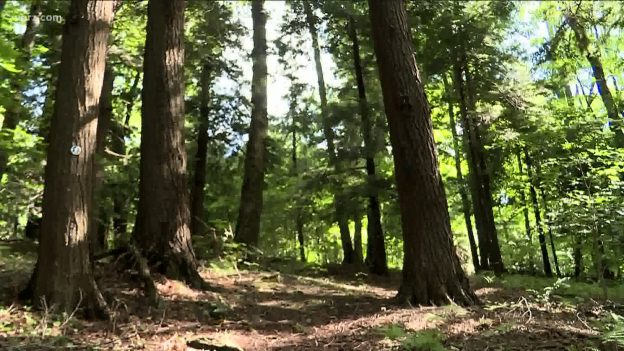With increasing awareness about the importance of preserving forests and biodiversity, the purchase of forest properties has gained significant attention. Investing in forest lands not only aids in conserving natural resources but also offers a variety of benefits, both environmental and economic. The acquisition of forest properties empowers individuals and organizations to take responsibility for safeguarding these valuable ecosystems while potentially generating revenues through sustainable forestry practices or other nature-related activities.
As the demand for timber, land, and other forest-related products grows, it becomes crucial to ensure the sustainable management of forest properties. This includes implementing conservation strategies that prioritize the protection of endangered species, regenerating forest areas, and combating deforestation. Additionally, purchasing forest properties can provide opportunities for eco-tourism, scientific research, and educational programs that promote environmental education and wildlife preservation. This article will delve into the various aspects involved in the purchase of forest properties and highlight the importance of these acquisitions in addressing global environmental challenges.
The Benefits of Purchasing Forest Properties
Investing in forest properties can bring forth a multitude of benefits, both to the environment and the economy. When individuals or organizations choose to engage in metsamaa ost, they are actively contributing to the preservation of natural resources and biodiversity. By acquiring forest lands, individuals and organizations assume the responsibility of protecting these valuable ecosystems. Through sustainable forestry practices, such as selective logging and reforestation efforts, they can actively participate in the conservation and regeneration of forest areas.
Furthermore, the purchase of forest properties can offer economic opportunities and revenue streams. Sustainable timber production allows for the generation of income while ensuring the long-term viability of the forests. Additionally, forest properties can serve as a platform for eco-tourism initiatives, providing visitors with unique nature experiences while supporting local businesses and communities. Scientific research and educational programs focusing on environmental education and wildlife preservation can also be carried out on forest lands, further enhancing their value.
Challenges in Sustainable Management
As the demand for timber, land, and other forest-related products continues to grow, it becomes paramount to adopt strategies that promote sustainable management practices. One major challenge is ensuring the protection of endangered species within forest properties. Conservation efforts must prioritize the provision of suitable habitats and protection against threats such as poaching or habitat destruction.
Another pressing challenge is combating deforestation. The acquisition of forest properties facilitates the implementation of strict regulations and monitoring systems to prevent illegal logging or encroachment onto protected areas. By taking ownership of these lands, individuals and organizations commit to sustainable land use practices and contribute to global efforts in mitigating climate change by reducing deforestation rates.
In conclusion, purchasing forest properties offers numerous environmental and economic benefits. Through metsamaa ost, individuals and organizations can actively engage in forest conservation and restoration, while also fostering economic growth through sustainable forest management practices. However, it is crucial to address challenges such as the protection of endangered species and combating deforestation to ensure the long-term viability of these valuable ecosystems.
The purchase of forest properties offers numerous environmental and economic benefits. When individuals or organizations invest in forest lands, they actively contribute to the preservation of natural resources and biodiversity. By assuming the responsibility of protecting these ecosystems, they can engage in sustainable forestry practices like selective logging and reforestation, actively participating in the conservation and regeneration of forest areas. Additionally, purchasing forest properties can provide economic opportunities through sustainable timber production and eco-tourism initiatives, while also supporting scientific research and educational programs focused on environmental education and wildlife preservation. However, challenges such as protecting endangered species and combating deforestation must be addressed to ensure the long-term viability of these valuable ecosystems.

